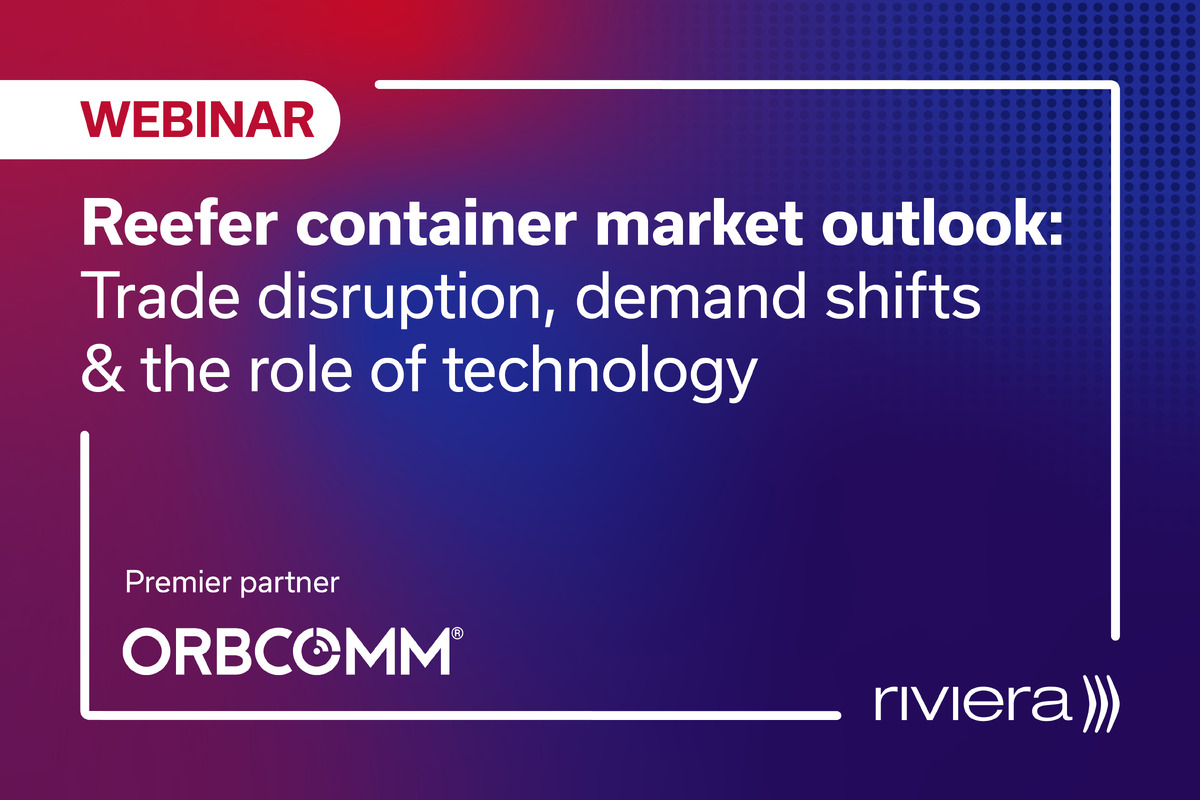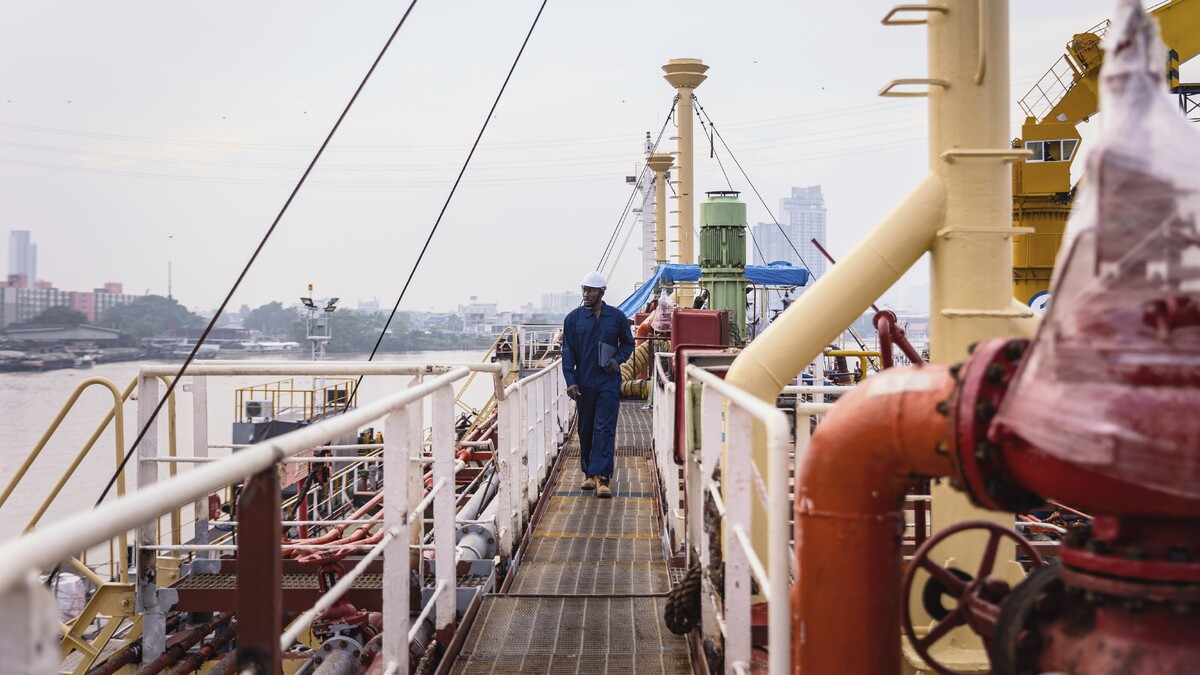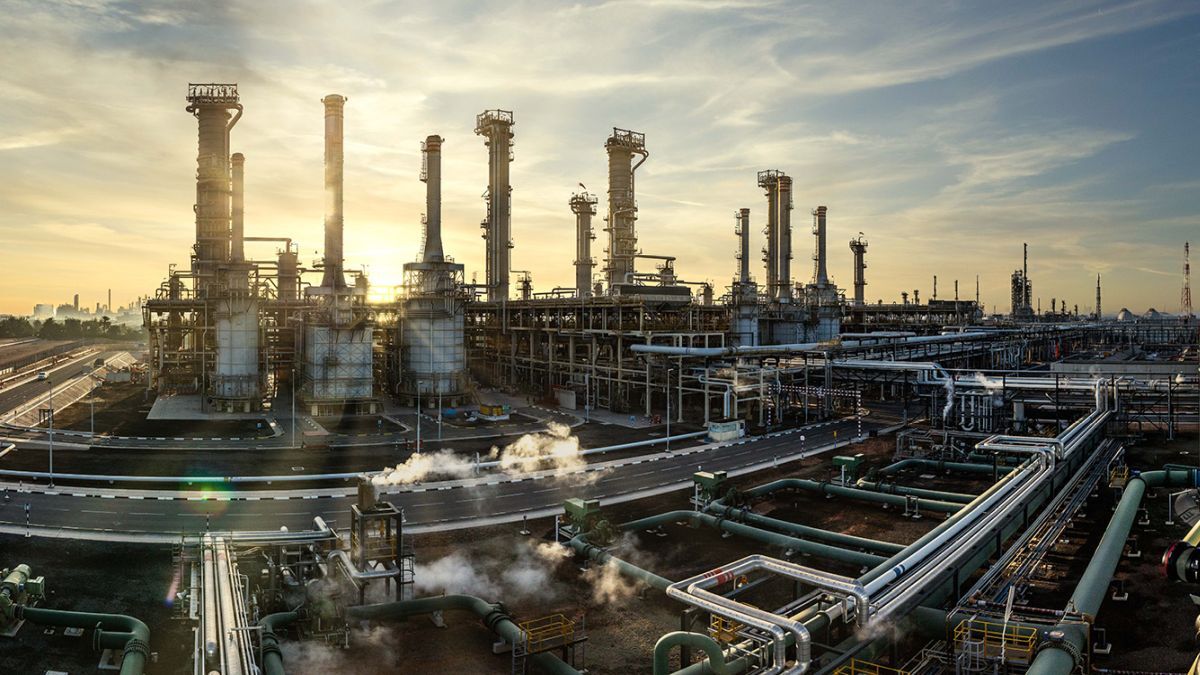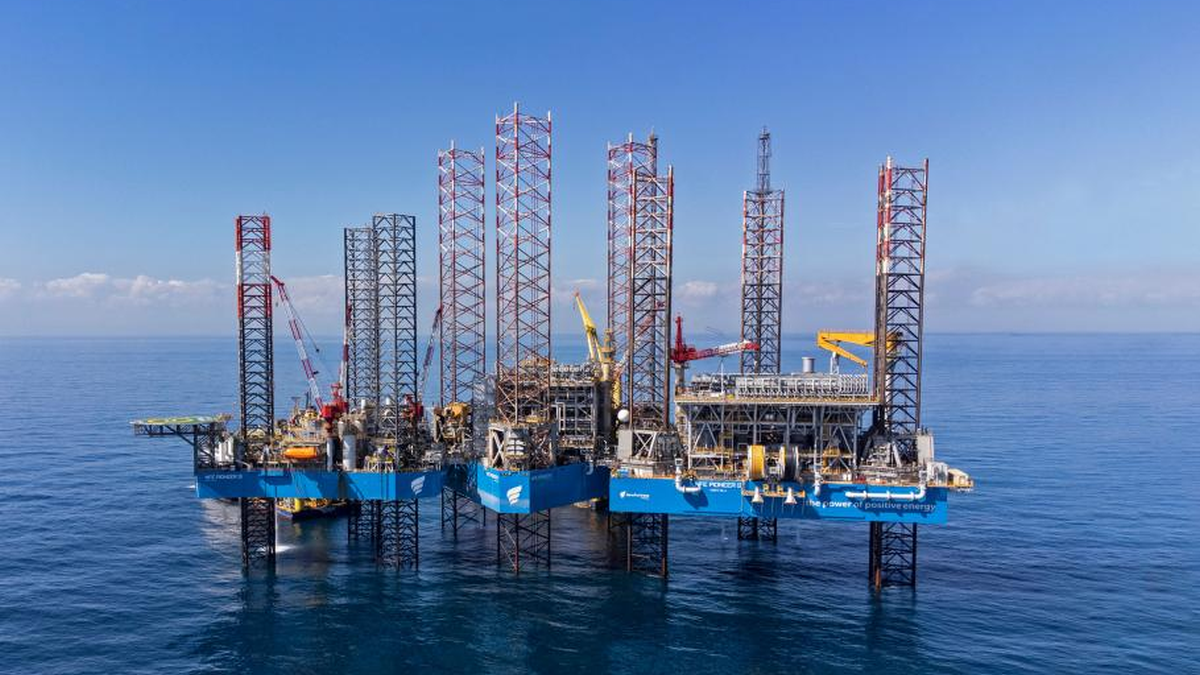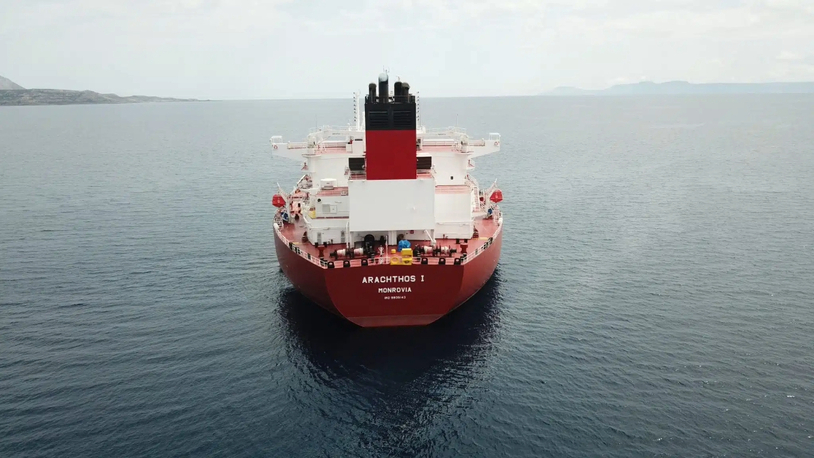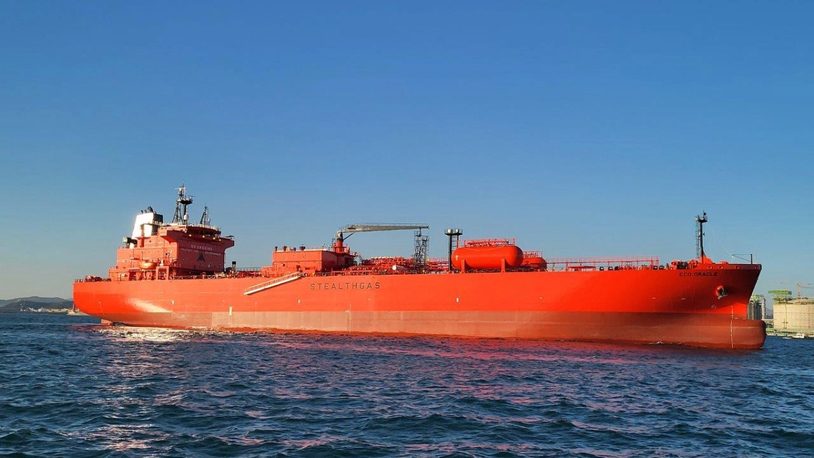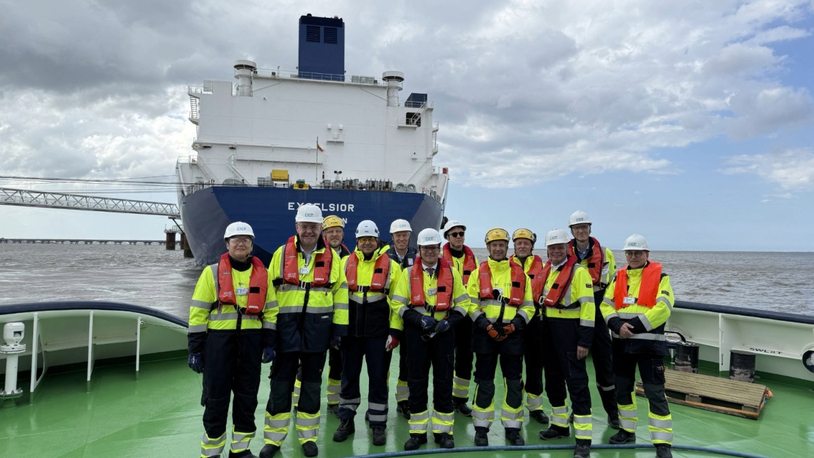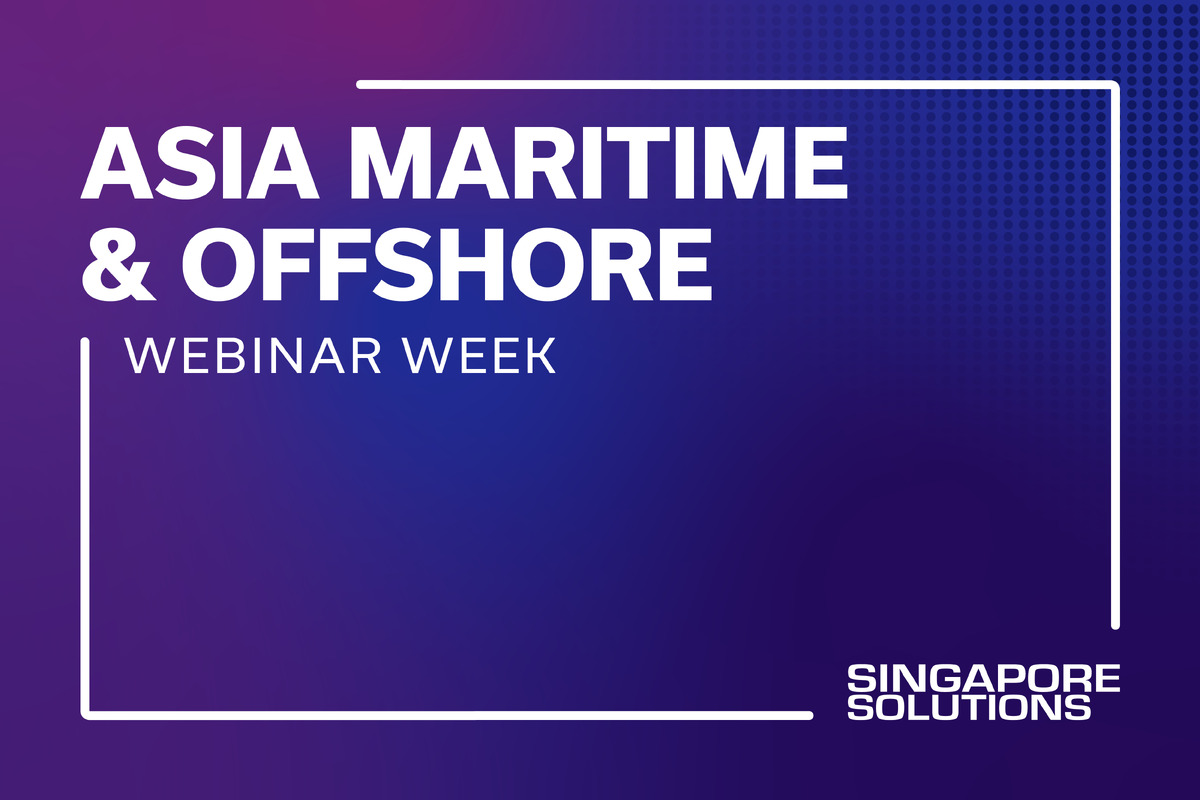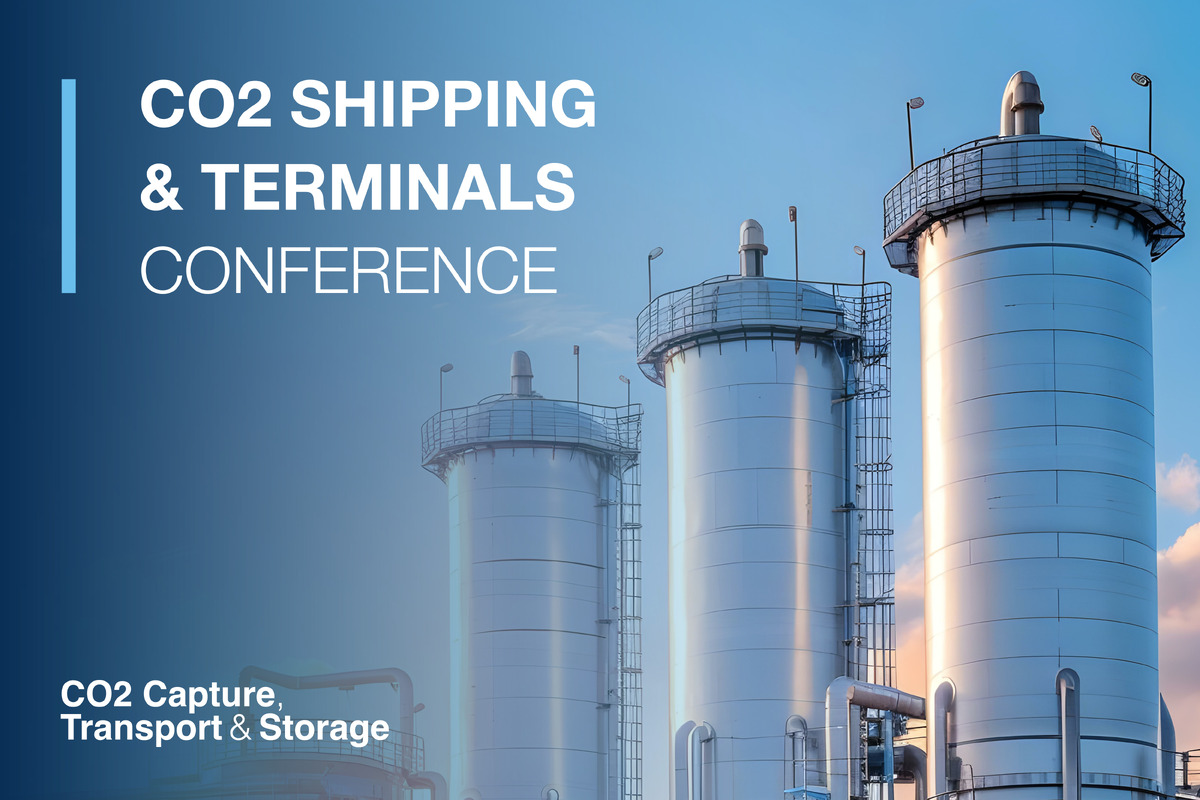Business Sectors
Contents
Register to read more articles.
Energy transition is reshaping LNG production in the Middle East
New supply, demand shifts and energy transition goals are reshaping LNG strategies across the Middle East and North Africa
Liquefied natural gas (LNG) activity in the Middle East and North Africa (MENA) region reflects a phase of recalibration rather than dramatic expansion.
While global LNG trade grew by 2.4% in 2024 to reach 411.24M tonnes, MENA’s contribution remained substantial, though largely unchanged. According to the 2025 World LNG Report from the International Gas Union (IGU), the region exported 94.25M tonnes of LNG in 2024 – a slight decline of 0.44M tonnes compared to 2023.
Qatar, the region’s largest LNG exporter, accounted for 77.23M tonnes of that total, followed by the United Arab Emirates and Oman.
The report suggests “the Middle East continued as the second-largest exporting region,” yet the emergence of new exporters elsewhere and the maturation of supply from the United States and Australia are reshaping the competitive environment.
In this context, regional producers are prioritising energy efficiency, decarbonisation and infrastructure renewal.
Two new liquefaction projects – Ruwais LNG in the UAE and Marsa LNG in Oman – reached final investment decision in 2024. Both are designed to operate with electricity rather than gas turbines, a trend IGU identifies as part of “an industrywide pivot toward lower-emissions LNG, integrating solutions such as renewable energy sourcing, electric motor-driven trains, and carbon capture and storage.”
Ruwais LNG, to be developed by ADNOC, is intended to be one of the first terminals in the Middle East powered entirely by the national grid.
Marsa LNG, backed by TotalEnergies and OQ, will rely on a dedicated solar farm.
The IGU report notes such projects reflect mounting pressure “to align with decarbonisation targets” and growing demand from LNG-importing countries for cleaner cargoes. These projects also illustrate a strategic shift: regional producers are no longer focused solely on maximising volumes but are now also responding to regulatory and commercial demands for reduced emissions intensity.
This includes prospective adjustments to methane management, traceability and carbon reporting – topics increasingly shaping access to markets such as the European Union, Japan and South Korea.
On the import side, Egypt returned to the LNG buyer’s table.
The Ain Sokhna floating storage and regasification unit (FSRU) resumed operations in June 2024, following a temporary hiatus. Egypt imported 2.66M tonnes of LNG over the year. The resumption was driven by declining domestic gas output and rising summer demand. The IGU notes the country “rejoined the LNG import market,” having been both exporter and importer over the last decade.
Elsewhere in MENA, LNG regasification infrastructure remained relatively stable.
The region has yet to mirror the fast-paced regasification growth seen in Europe or Asia. While other regions commissioned 17 new or expanded terminals during the year, MENA’s infrastructure developments have been more measured, often embedded within broader national energy strategies.
Looking ahead, the IGU forecasts the next wave of global liquefaction capacity – expected between 2026 and 2028 – will include Middle Eastern contributions, but at a pace determined by regulatory clarity, domestic gas demand and global pricing dynamics. The report underscores this uncertainty, stating “many pre-FID projects face uncertainty due to economic headwinds, regulatory hurdles and rising pressure to align with decarbonisation targets.”
Sign up for Riviera’s series of technical and operational webinars and conferences:
- Register to attend by visiting our events page.
- Watch recordings from all of our webinars in the webinar library.
Related to this Story
Events
Reefer container market outlook: Trade disruption, demand shifts & the role of technology
Asia Maritime & Offshore Webinar Week 2025
Marine Lubricants Webinar Week 2025
CO2 Shipping & Terminals Conference 2025
© 2024 Riviera Maritime Media Ltd.
